The Wild Birds of New York

Blissfully removed from pretty much everything going on...
Check out this 1912 book Wild Birds of New York. It includes some lovely illustrations -- we've clipped a few as a samples (see below).
The book was the work of Chester A. Reed, who developed the idea of a field guide. (This particular book was released in conjunction with the Mohonk Mountain House.) And though he died at just 36 years old, he had a prolific career, publishing 24 books.
As Reed wrote in the intro to Wild Birds of New York:
This little book is not expected to give everyone a complete history of the birds of this state. To do so would require an immense volume. But it is designed to bring to the attention of the reader the most common, the most interesting and the most valuable birds and to create an interest which it is hoped will be the means of starting many on a more extended study of our most interesting fauna.
And he closed with a call for conservation:
While many species, especially water and game birds and birds of prey, have steadily decreased in numbers, it is believed that many others, especially warblers and sparrows are more abundant now than formerly. If our agriculturalists will only be a little less zealous in cutting off all dead limbs which are required by woodpeckers and titmice, if they will avoid when possible late plowing, early mowing and grass burning and if they will leave entrances to their barns for swallows and to their sheds for phoebes, many species will not only hold their own but increase in numbers and be worth more than their weight in gold in the end. Birds are now recognized as a great state and national asset. If we all do our part in protecting them and teach- ing their value to others, we can make this asset a permanent and increasing one.
Clips
They're at the top in large format -- click or scroll all the way up.
Say Something!
We'd really like you to take part in the conversation here at All Over Albany. But we do have a few rules here. Don't worry, they're easy. The first: be kind. The second: treat everyone else with the same respect you'd like to see in return. Cool? Great, post away. Comments are moderated so it might take a little while for your comment to show up. Thanks for being patient.
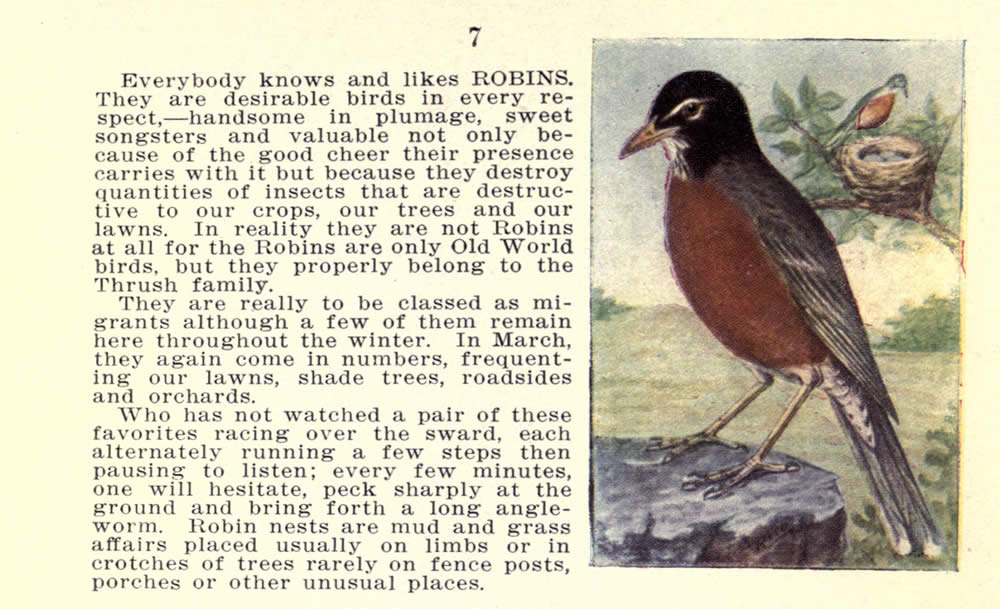

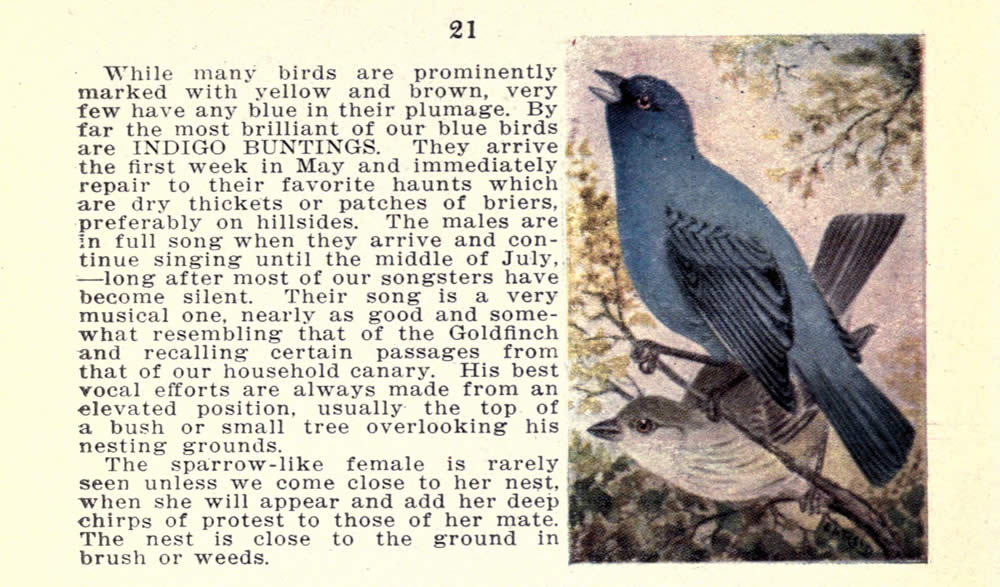
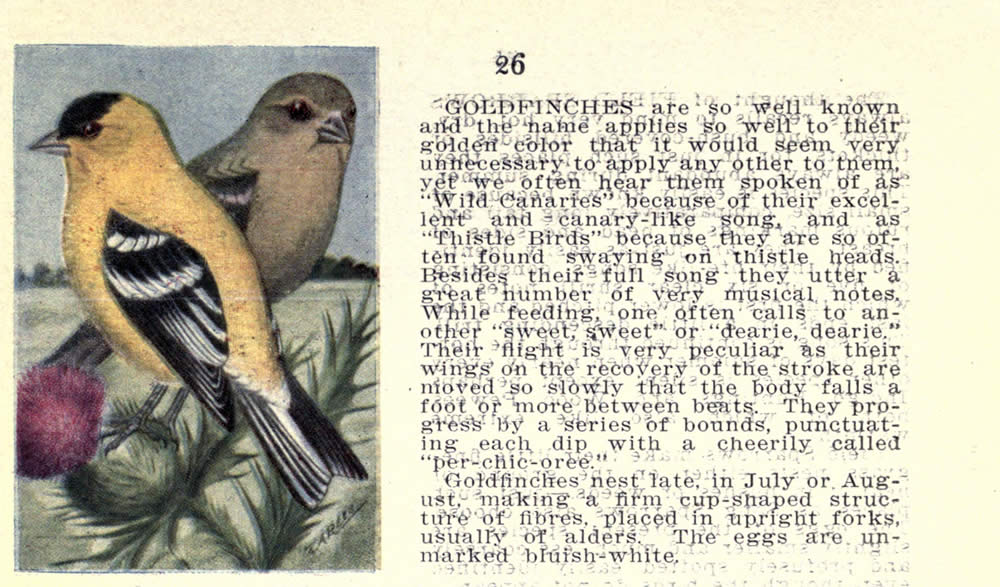


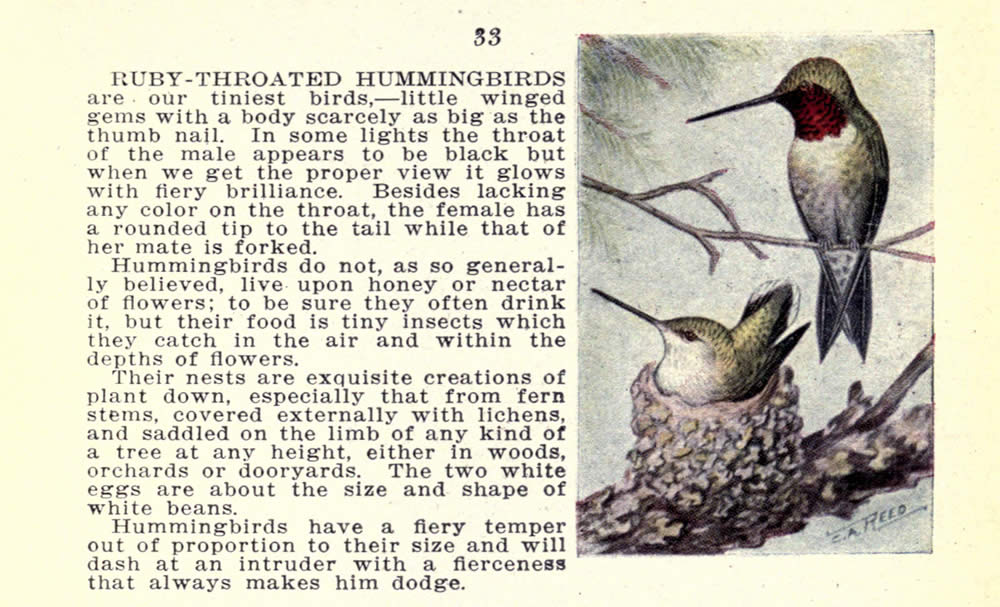
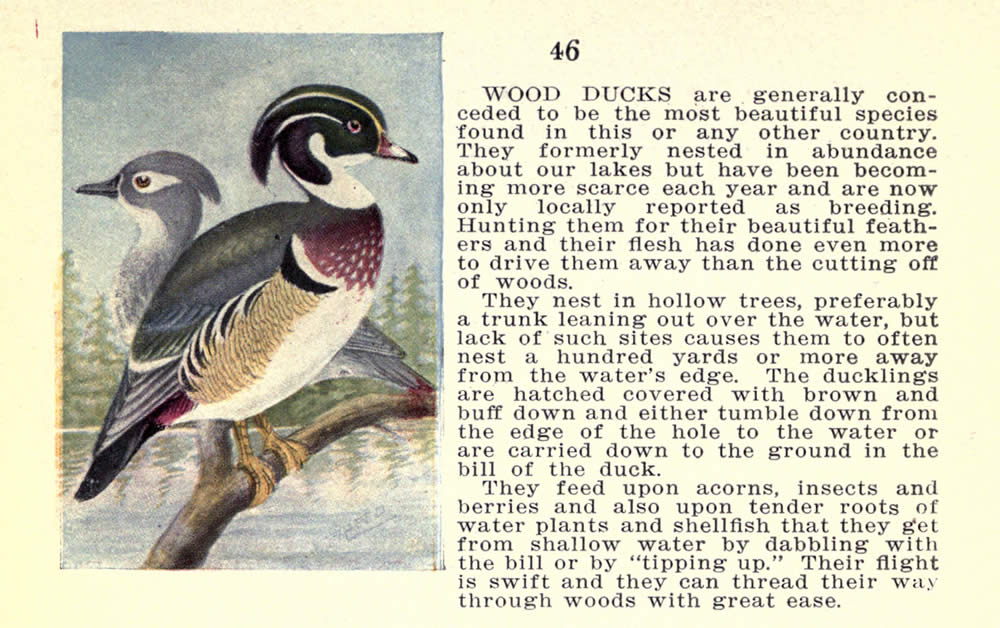
Comments
I love the pictures and descriptions. I guess we don't see any indigo buntings or Baltimore orioles anymore since all the thickets and briars have been replaced by parking lots. Interesting that even back in 1912 he noted the decrease in the population of wood ducks due to habitat loss and hunting. I wonder if there are any left now.
... said Amy on Nov 30, 2017 at 11:59 AM | link
What a discovery. Thanks for sharing.
This website has more of his delightful images and info.
http://chester-reed.org/en/chester-albert-reed/
... said Jamie on Nov 30, 2017 at 12:59 PM | link
@Amy habitat loss is a real concern.. But I'm no expert and I've seen indigo buntings, wood ducks and baltimore orioles on just the couple pine bush trails off Washington Ave extension! The birds aren't all gone, just have to know when/where to look.. the walks lead by pine bush staff are very helpful in this pursuit.
Very cool little book!
... said Emily on Nov 30, 2017 at 3:25 PM | link
@Emily - thank you! I'll have to take a hike there in the spring. I'd love to see some of them.
... said Amy on Nov 30, 2017 at 6:55 PM | link
These are wonderful!
@Amy, if you are interested in seeing birds like Indigo Buntings and Baltimore Orioles, the Hudson-Mohawk Bird Club (http://hmbc.net) leads birding trips all over the region, and they can show you where to find them.
... said Ellen on Nov 30, 2017 at 7:12 PM | link
Amy, Five Rivers nature center is a great place for birding, I've seen orioles there along with many others less common in urban environments. The field in the back is especially nice for swallows and raptors, and they've put a scope up. Great for snowshoeing and XC skiing too, since we're getting into that season!
... said -B on Dec 1, 2017 at 3:34 PM | link